Therapeutic Exercise Lab #2 UE Part 2
1/20
Earn XP
Description and Tags
PT631 Therapeutic Exercise I, Oregon Tech
Name | Mastery | Learn | Test | Matching | Spaced |
|---|
No study sessions yet.
21 Terms
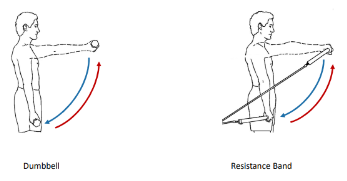
These 2 isotonic exercises are called what?
Isotonic contraction of the shoulder flexors.
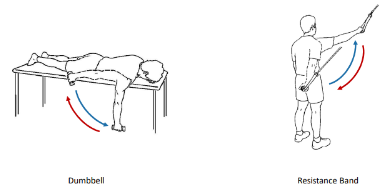
These 2 isotonic exercises are called what?
Isotonic contraction of the shoulder extensors.
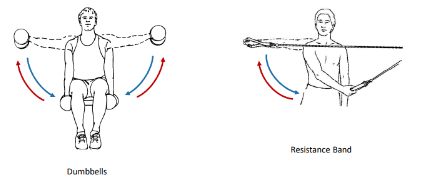
These 2 isotonic exercises are called what?
Isotonic contraction of the shoulder abductors.
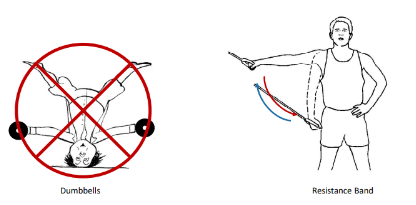
This isotonic exercise is called what?
Isotonic contraction of the shoulder adductors.
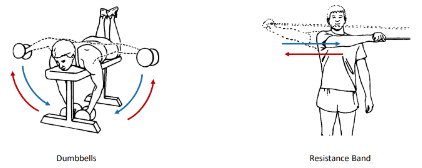
These 2 isotonic exercises are called what?
Isotonic contraction of the shoulder horizontal abductors.
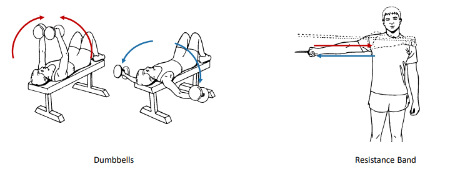
These 2 isotonic exercises are called what?
Isotonic contraction of the shoulder horizontal adductors.
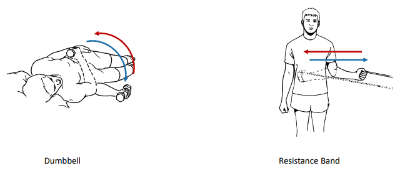
These 2 isotonic exercises are called what?
Isotonic contraction of the shoulder internal rotators.
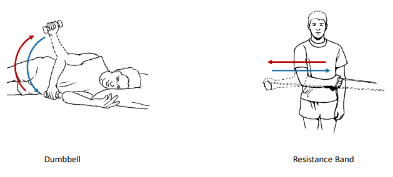
These 2 isotonic exercises are called what?
Isotonic contraction of the shoulder external rotators.
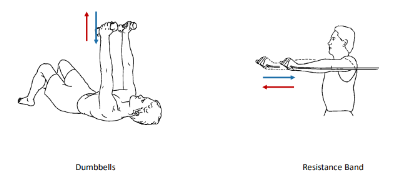
These 2 isotonic exercises are called what?
Isotonic contraction of the scapular protractors.
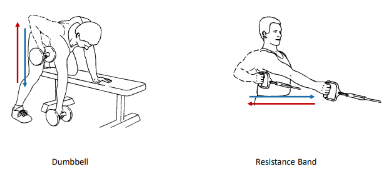
These 2 isotonic exercises are called what?
Isotonic contraction of the scapular retractors.

These 2 isotonic exercises are called what?
Isotonic contraction of the scapular elevators.
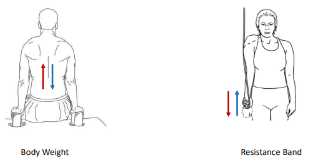
These 2 isotonic exercises are called what?
Isotonic contraction of the scapular depressors.
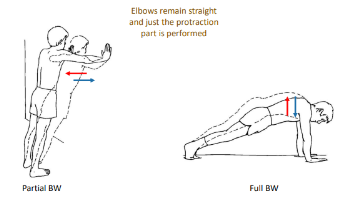
These additional isotonic exercises are called what?
Scapular Punches or Push-Up +
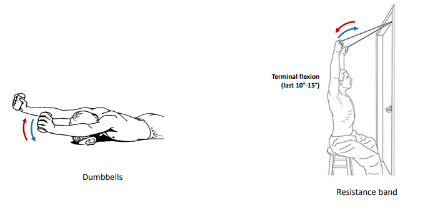
These additional isotonic exercises are called what?
Posterior Tilters
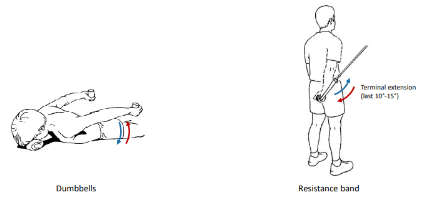
These additional isotonic exercises are called what?
Anterior Tilters
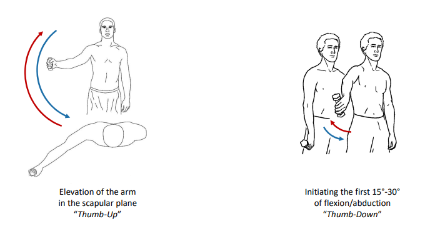
These additional isotonic exercises are called what?
Full Can vs Empty Can
Light Resistance =
Tissue healing, mobilization, neuromuscular reeducation, or muscular endurance.
Moderate Resistance =
Increased strength/endurance for everyday activities.
Heavy Resistance =
Specific activities that require good strength, usually sports related activities.
Range Progressions: Hypermobilities/Instabilities
Inner Range → Outer Range
Range Progressions: Hypomobilities
Full available range, concentrating on pushing → Outer Range.